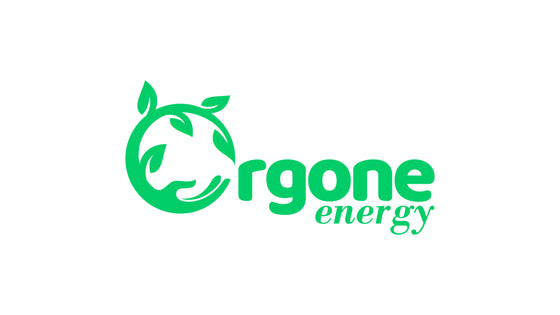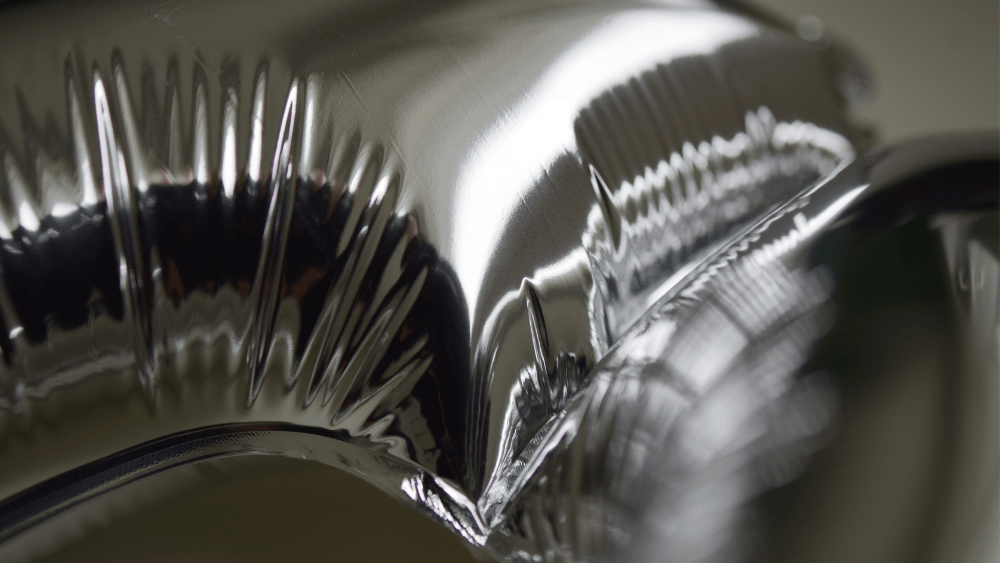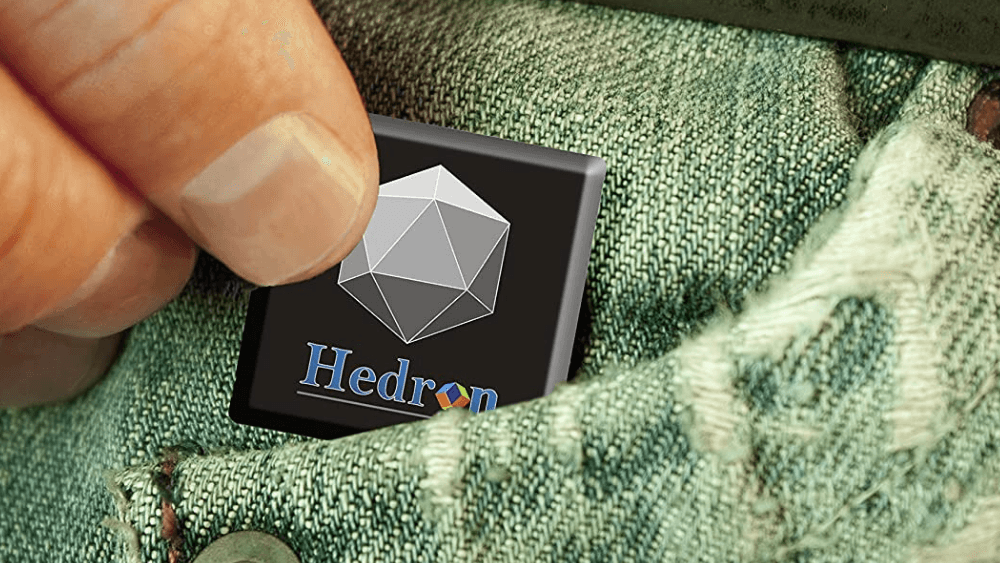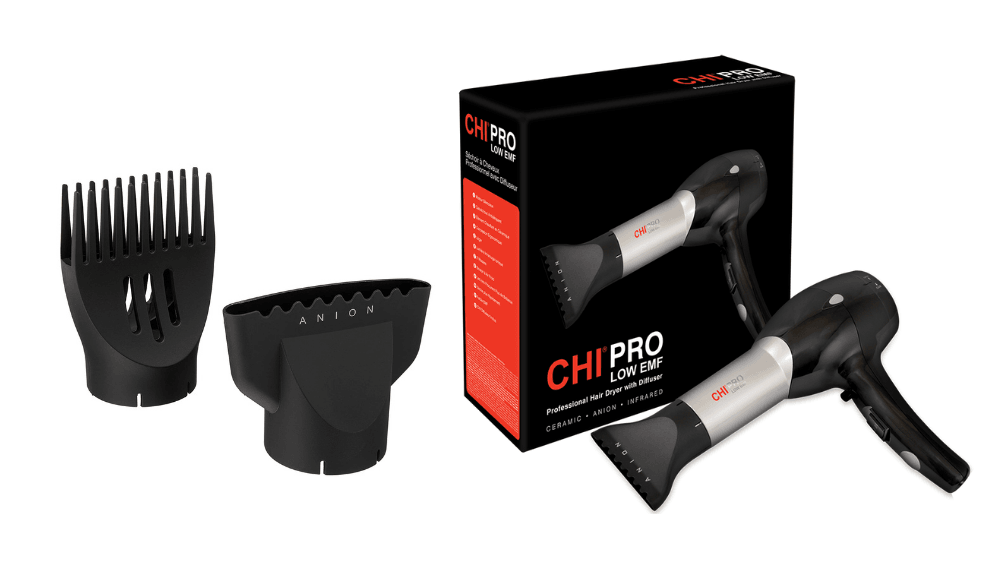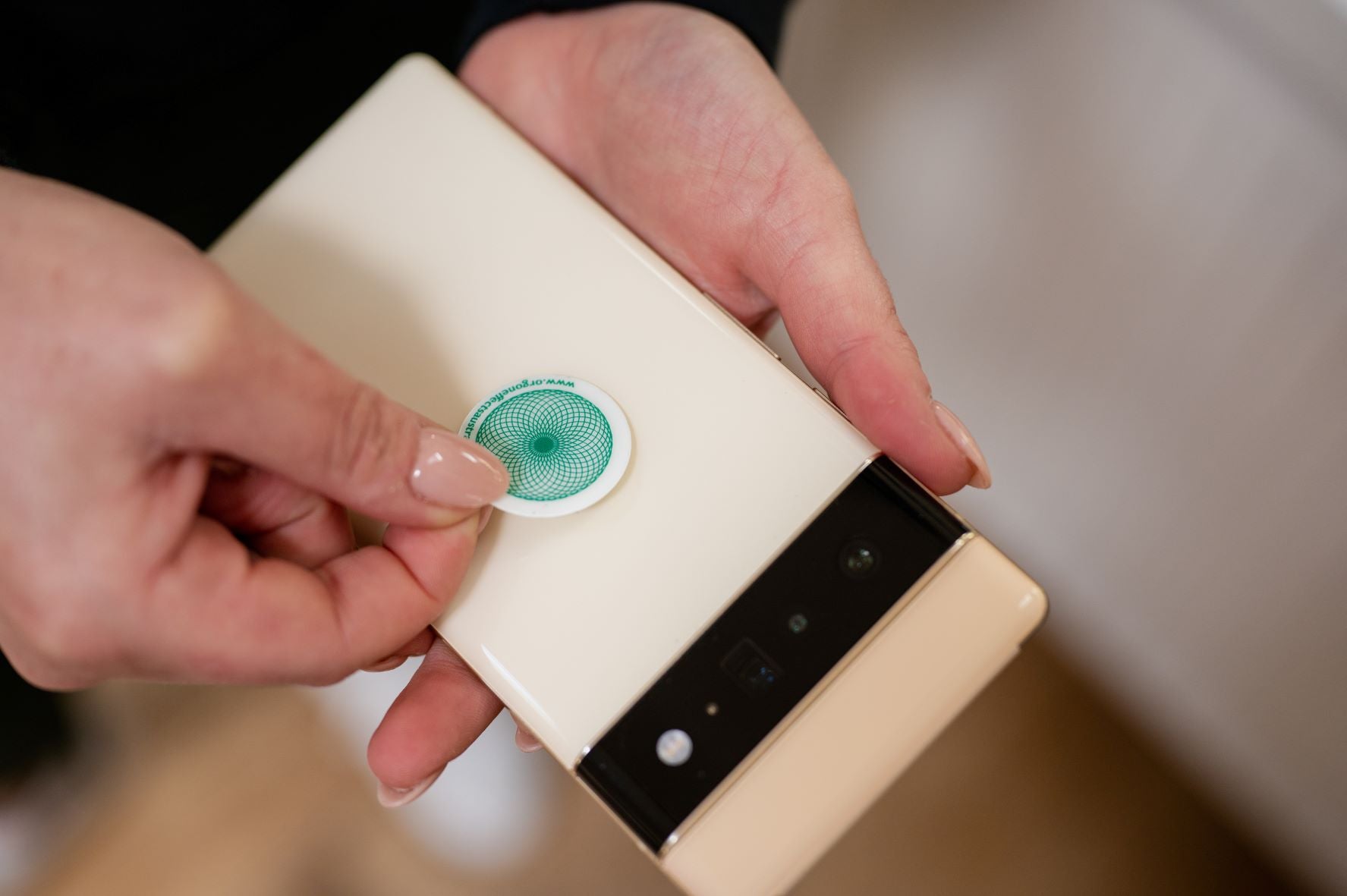With the increase in electromagnetic (EMF) radiation in the environment, manufacturers are offering various protective products to reduce exposure to EMF radiation.
Each of these shielding products is designed differently to block EMF radiation. There are several materials, including Mylar, that are used to make a wide range of electromagnetic protection products. With so many brilliant multi-application products, there is a concern about whether conductive Mylar materials protect against electromagnetic radiation. Let’s take a look at the Mylar material and how you can incorporate products made from Mylar to minimize your EMF exposure.
What is Mylar?
First, it is helpful to get an idea of what Mylar really is. You may have understood that it is a synthetic material, which means that it is not something you would discover in nature. Rather, Mylar is a polyester-based material whose technical term is biaxially-oriented polyethylene terephthalate (PET).

Mylar is indeed a brand of biaxially-oriented PET (similar to how Xerox is used to make reference to photocopy). This lengthier name is technically correct, but not very catchy, so we will continue using the term “Mylar” for now.
Mylar is made of PET, which is heated until it melts. After the PET has overheated, the film is then pressed onto a chilled roll. To biaxially align the PET, a technique known as drawing is used. During this technique, the PET film is swayed on hot rollers and then allowed to harden. As the cooling process progresses, silicon dioxide as well as other microscopic particles are added. This is a necessary step because, in the absence of it, the emanating Mylar film would be glossy and its sheets would pile on top of each other.
Often, a metal like aluminum is added to the Mylar. This helps reflect infrared and visible light. For example, when Mylar is used as food packaging, its reflective properties are especially important. Historically, Mylar has been in use since the 1950s and was originally manufactured by the DuPont chemical company, although Kodak began using Mylar in its photographic films in 1955. The ESTAR Base was the resulting product and was used by the US military to collect intelligence and images during reconnaissance flights.

Today, Mylar is also useful for many other everyday uses, such as in food packaging (including food storage bags). Mylar is also used as a liner for important documents. Mylar bags are used to store and protect comics found in various archives. Mylar linings on gloves and other winter gear help to reflect heat away from your back, and the cut pieces turn into confetti for celebration. NASA even turned to Mylar to protect against radiation in their spacesuits.
Does Mylar Block EMF Radiation?
Absolutely yes, Mylar will reduce the amount of electromagnetic exposure when placed between the user and the electromagnetic radiation emitting device. It does not block 100 percent of radiation, but it can block about 95 percent of EMF radiation. Mylar usually goes through an intricate process that forms a heat-resistant polyester resin material. This material is used, among other things, in the manufacture of a wide range of products such as plastic sheets and films.

Mylar products attenuate harmful energy given off by nearby EMF devices. Attenuation is the reduction in the value, magnitude, and force of electromagnetic waves as they are passing through the Mylar material. That means the Mylar material absorbs the photons from the electromagnetic waves or diffuses them as they are passing through the material. Mylar is highly preferable and comfortable to use because it is inexpensive and lightweight.

There are many Mylar materials with different thicknesses and qualities. These materials also have various attenuation ratings. Consequently, there are several Mylar products with various designs and effectiveness in reducing radiation exposure. If you are concerned about exposure to electromagnetic radiation, you can combine EMF protection products crafted from Mylar with other EMF protection methods. These products are available as EMF protective blankets or paints.
How Mylar Protects Against EMF Radiation
Like other EMF blocking materials, Mylar can minimize your exposure to EMF radiation. The efficiency of the Mylar material depends on the rate of attenuation. As the radiation waves penetrate the material, the Mylar absorbs or diffuses its photons to reduce its gradual strength. The reduced amount of radiation is measured in decibels (dB). When buying Mylar materials or products crafted from it, please confirm the quality and thickness of the material. The attenuation capacity of Mylar materials will vary depending on these two factors. Most products made from Mylar material can attenuate up to 20dB of radiation.

If you want to know the amount of radiation the Mylar is reducing, we recommend you use an EMF meter. If you’ve never bought an EMF meter before, take a look at our in-depth article on the best EMF meters on the market. Depending on your needs and budget, choose one of the recommended meters. Measure the amount of EMF radiation before using the shield, then shield the device emitting electromagnetic fields with Mylar material and measure the radiation again. Record the reduction of electromagnetic fields.
Move away from the emitting device and measure the radiation again. As we’ve discussed the inverse square law in other articles, doubling your distance from the source will reduce your radiation exposure by a quarter. The further away you move from an electromagnetic-emitting device, the lower the radiation exposure. So, when determining your EMF exposure, you should consider both the attenuation rating of the Mylar product and the distance between you and the EMF radiation-emitting device.
Can Mylar Block Wi-Fi Radiation?
You can definitely use Mylar blankets to prevent Wi-Fi radiation from entering the room. You can do this by lining the blankets of the walls in your room, but make sure the correct side is facing out. You want the aluminum to face outward so the signals are kept out of the way.
There are also products, such as GeoClense EMF and Earth Radiation Harmoniser or Wi-Fi-blocking paint, that can be used to neutralize EMF at home or in the office. The former makes a room safe by freeing and protecting a room from electromagnetic radiation. The latter is good because it protects signals from intrusion but does nothing to neutralize your Wi-Fi signal. These harmonisers work by sending a harmonization and resonance signal through the wiring of the room.

So Should You Use Mylar Paint or Mylar Material?
Several materials can be used to protect you and your loved ones from EMF radiation. Mylar is one of the lightweight, inexpensive materials that you can use for EMF protection, particularly when on the go. However, if you are looking for a permanent solution for your space, you can opt for Mylar paint. The paint acts as a barrier between the user and the source of electromagnetic radiation.

For instance, if a smart meter is installed in your house, you can paint the wall close to the smart meter. This helps prevent radiation waves from entering the wall. There are various EMF paints with varying attenuation ratings. You can go for one and paint your walls to minimize your exposure.
There are other steps you can take to protect your entire home from electromagnetic fields.
Other EMF Protection Measures
If you are looking to reduce your EMF radiation exposure, you must reduce the use of electromagnetic emitting devices in your house and office. Also, you can read our article on Whole House EMF Protection and Ways to Reduce EMF Exposure in Daily Life. These resources will definitely give you more ideas on how to protect yourself from electromagnetic radiation. After reading some of these resources, you should have a solid understanding of how to make your office or home safer. If you do not have the time to read it all, here are some helpful tips:
A smart idea is to turn off the phone at night if possible. Ditching the microwave or using it in moderation will work just fine too.
Using wireless routers less often is another smart way to reduce exposure. Run Ethernet cables in your home rather than Wi-Fi. Yes, it may be more comfortable to have wireless routers, but it is full of EMF radiation and that may be one of the most important things you want to fight against.
We also recommend not putting the mobile phone against the head. Use headphones or speakerphones as often as possible.
Laptops and tablets also give off electromagnetic radiation. The less you use it, the better. Mylar can go a long way in trying to combat these sources of radiation. Sometimes it works great, sometimes it doesn’t. But if you dedicate yourself to the process, you discover that it is much easier to eliminate radiation from your space naturally.
Wrapping Up
Mylar is a lightweight, inexpensive, and efficient shielding material that attenuates EMF radiation as it passes. The amount of EMF radiation that is reduced highly depends on the thickness and quality of the Mylar material. This protective material is available in EMF protection products such as Mylar paint or Mylar blanket. Choosing Mylar paint or a Mylar blanket depends on what you want to protect yourself against. Also, you should incorporate other protective measures with protective Mylar material to increase your success with EMF protection.
